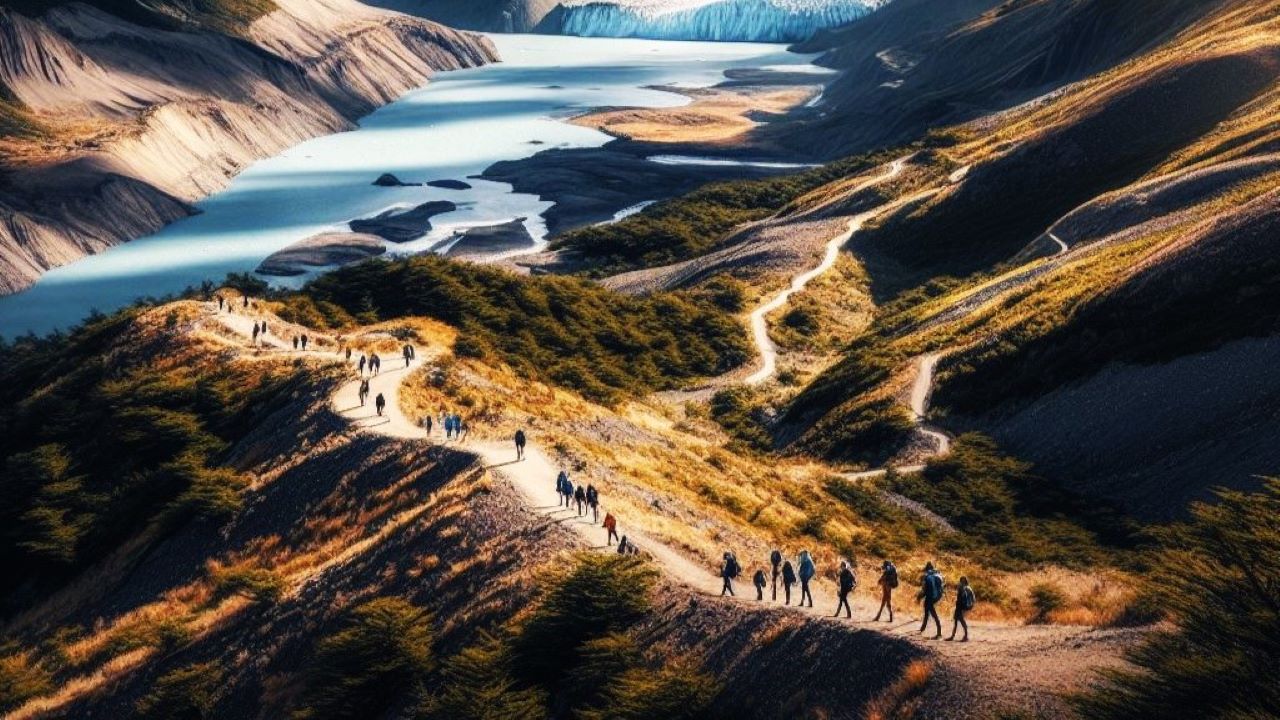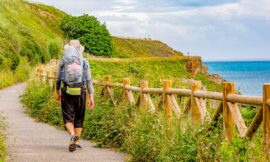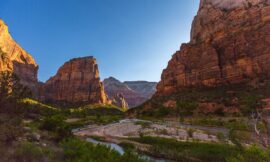Patagonia, a region at the southern end of South America, is a dream destination for wilderness explorers and hiking enthusiasts. Its dramatic landscapes, ranging from the Andes mountains to vast ice fields, provide an unparalleled hiking experience. This article delves into the wonders of hiking in Patagonia, offering insights into its diverse trails, wildlife, and tips for a memorable journey.
The Majestic Landscapes of Patagonia
Patagonia is renowned for its breathtaking natural beauty, featuring a diverse array of landscapes. Hikers can traverse through dense forests, encounter pristine lakes, and marvel at towering mountain peaks. The region’s most iconic hike, the W Trek in Torres del Paine National Park, presents awe-inspiring views of the Torres del Paine massif, with its sharp peaks piercing the sky. Meanwhile, the Perito Moreno Glacier in Los Glaciares National Park offers a unique experience of walking on one of the world’s few advancing glaciers.
Diverse Wildlife and Flora
Beyond its landscapes, Patagonia is a haven for wildlife enthusiasts. The region is home to a variety of animals, including guanacos, Andean condors, and the elusive puma. Birdwatchers will be delighted by the diverse bird species, from the majestic Andean condor to the vibrant Magellanic woodpecker. The flora is equally diverse, with wild orchids and arrayanes trees adding color to the trails.
Best Time to Hike
Timing is crucial when planning a hiking trip to Patagonia. The best time to visit is during the Southern Hemisphere’s summer months, from November to early March. During this period, the weather is more stable, and the days are longer, allowing for more time to explore the trails. However, this is also the peak season, so expect more fellow hikers on popular trails.
Preparing for the Trek
Hiking in Patagonia requires careful preparation. The weather can be unpredictable, so it’s essential to pack appropriately. Layered clothing, waterproof gear, and sturdy hiking boots are a must. It’s also vital to plan your route carefully, considering your fitness level and hiking experience. Many trails in Patagonia are remote and challenging, so it’s crucial to be well-prepared.
Sustainable Hiking Practices
Sustainability is a key concern in preserving Patagonia’s pristine environment. Hikers are encouraged to follow Leave No Trace principles, such as packing out all trash and minimizing campfire impacts. Staying on marked trails is also important to protect the fragile ecosystems.
Cultural Insights
Patagonia is not just about nature; it’s also rich in culture. The region is home to indigenous communities, including the Mapuche people, who have a deep connection with the land. Learning about their history and traditions adds a meaningful layer to the hiking experience.
Accommodation Options
Accommodations in Patagonia range from luxurious lodges to basic refugios (mountain huts). Camping is also a popular option, offering an immersive experience in nature. It’s advisable to book accommodations well in advance, especially during the high season.
Safety Considerations
Safety should be a top priority when hiking in remote regions like Patagonia. Always inform someone about your hiking plans and expected return. It’s also wise to carry a first-aid kit and know the basics of wilderness first aid. In some areas, it might be advisable to hire a local guide, especially for challenging or less-traveled trails.
Connecting with Fellow Hikers
One of the joys of hiking in Patagonia is the opportunity to meet fellow adventurers. The trails often foster a sense of camaraderie, with hikers sharing tips and experiences. This social aspect adds to the richness of the adventure.
A Journey of Discovery
Hiking in Patagonia is more than just a physical challenge; it’s a journey of discovery. It offers a chance to connect with nature, encounter unique wildlife, and immerse oneself in breathtaking landscapes. Whether you’re a seasoned hiker or a curious explorer, Patagonia promises an unforgettable experience that resonates long after the trek is over. As you plan your adventure, remember that the true essence of hiking in Patagonia lies in respecting and preserving its natural beauty for future generations to experience and enjoy.




